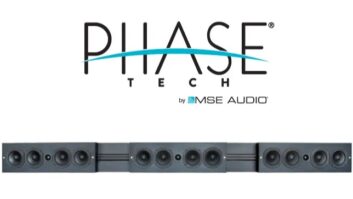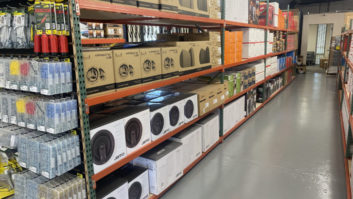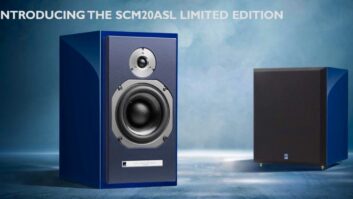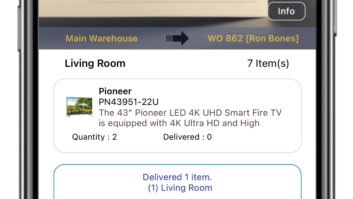With the holiday selling season over, your retail business may be sitting on an important tax deduction and you probably don’t even realize it.
The deduction lies in your excess, overstock inventory. By donating that nonmoving merchandise to charity, your company can earn a federal income tax deduction under Section 170 (e)(3) of the United States Internal Revenue Code.
The IRS Code says that regular (C) corporations may deduct the cost of the inventory donated, plus half the difference between cost and fair market value. Deductions may be up to twice cost.
For example, your business (a C corporation) sells a product for which it pays $1. Retail price is $2. Your deduction is $1.50. If you pay $1 and that item sells for $4, your deduction is $2 (limit of twice cost).
S corporations, partnerships, and sole proprietorships qualify for a straight cost deduction.
Even if your business realizes only a straight cost deduction, it may be to your advantage to donate your stagnant merchandise rather than clear it through a liquidator. Since a liquidator looks for the lowest price it can get, its offer may be less than your cost — substantially less. When you are faced with the choice of liquidating this merchandise, dumping it and writing it off as a loss, or donating it and taking a straight cost deduction, donating may be the preferable choice.
Investigate donating inventory before negotiating with a liquidator, however, to be able to justify the product’s fair market value with the IRS.
Besides the tax deduction, there are many other great benefits of donating your excess inventory:
Free up needed warehouse space: Whether you own your warehouse or are renting space, storing product can be expensive. Insurance, utilities, labor and shrinkage all factor in. It doesn’t pay to hold stagnant inventory that isn’t earning its keep.
Put your marketing focus where it should be: on your top sellers. Nonmoving inventory can consume a disproportionate amount of money, time, and effort to clear it. By donating those items to charity, your business can put your advertising and promotional dollars where they’ll do the most good, on your star performers.
Avoid problems involved with liquidating those overstocks: Liquidators tend to pick and choose. They may not want to buy all of your nonmovers, leaving you with the problem of what to do with the leftovers. Donating can often clear all of your problem products at once.
Help deserving schools and nonprofit organizations: This good deed could translate into good will. You might ask the recipient group to call the local newspaper to publicize the donation.
Once you’ve decided that donating inventory might be a smart move for your business, how do you identify which merchandise to clear? Here are some types of products to consider:
Slow-selling or nonmoving SKUs: Just as it is dangerous to keep a stock or mutual fund and be reluctant to unload it when it is not performing, it is equally unwise to hold on to stagnant inventory. Wholesaler/distributors and catalog businesses are well aware of the need to constantly review their offerings, weed out the slow-movers, and concentrate on popular, top-selling items.
Unsuccessful product introductions: Despite extensive studies and market research, some new products simply do not fly. By donating them instead of selling them to a liquidator, your business may do better on the bottom line and donation will keep them out of the consumer market.
Returns: If returns are not damaged, they can be a good candidate for donation. By donating, you will avoid the costs and labor involved in returning those items to stock.
Cancelled orders: Again, donating avoids restock costs.
Packaging changes: If package graphics are updated, you may want to keep products in old packaging out of the market as you introduce the new. Donating is also a good way to clear products with packaging that promotes rebates or contests that have expired.
Discontinued models, styles or colors: As an example, software publishers may donate the previous version of a program that has been updated, to keep the earlier version from competing with the update or to keep it out of the hands of liquidators. Trendy items that are no longer selling are also candidates for donation.
To earn this deduction, companies must donate to a public or private school, and in the case of nonprofit organizations, make sure that the nonprofit is a 501 (c)(3), since only that IRS classification of nonprofits qualifies as recipients.
You should have your accountant or tax adviser instruct the recipient group as to what information they need to include in the documentation they furnish you as proof of the donation. You will have to include the recipient’s letter on your corporate tax forms as support for claiming the deduction.
To avoid having to deal with all of these issues, using a gifts-in-kind organization, such as the National Association for the Exchange of Industrial Resources (NAEIR), may be the best solution.
Over 7,000 companies have donated $1.9 billion in inventory to NAEIR since it was founded in 1977. NAEIR accepts donations of new, overstock merchandise, and then provides the proper tax documentation. The donated goods are redistributed to 10,000 qualified schools and nonprofit organizations nationwide.
Your donation will be redistributed to groups such as elementary and high schools, YMCAs/YWCAs, community centers, rescue missions, shelters for abused women and children, hospitals, nursing homes, churches of all denominations, and many other social service agencies.
There is no cost to corporations for NAEIR’s service. For a free Donation Information Kit, contact NAEIR’s Corporate Relations Department at 1-800-562-0955 or email [email protected].












